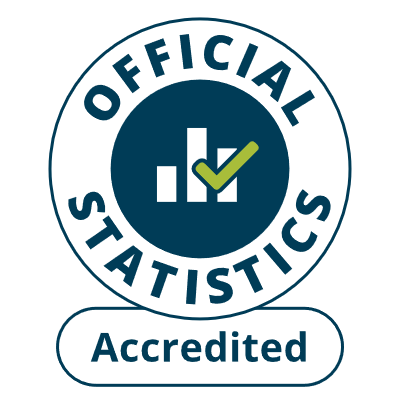
 The percentage change on local bus services in Great Britain country by year
The percentage change on local bus services in Great Britain country by year
None
|
|||||||||||||||||||||||||||||||||||||||||||||||||||||||||||||||||||||||||||||||||||||||||||||||||||||||||||||||||||||||||||||||||||||||||||||||||||||||||||||||||||||||||||||||
Metadata
- High level information
- Summary information
- Keywords
- Weblinks
- Statistical quality information
- Open Data
Title
Number of passenger journeys on local bus services and percentage change by country and yearLast update
April 2024Next update
April 2025 (Provisional)Publishing organisation
Welsh GovernmentSource 1
Public Service Vehicle Survey, Department for TransportContact email
stats.transport@gov.walesDesignation
National StatisticsLowest level of geographical disaggregation
WalesGeographical coverage
WalesLanguages covered
English and WelshData licensing
You may use and re-use this data free of charge in any format or medium, under the terms of the Open Government License - see http://www.nationalarchives.gov.uk/doc/open-government-licenceGeneral description
This dataset gives details on the number of passenger journeys on local bus service and percentage change by country in Great Britain by year up to the 2022-23 financial year. Data are presented as the number of passenger journeys (millions) or the percentage change from the previous year.Data collection and calculation
Public service vehicle information is derived from annual returns made to the Department of Transport (DfT) by a sample of 700 holders of Public Service Vehicles operators licences (“the PSV survey”). This survey provides information on passenger journeys, vehicle miles, passenger receipts and operating costs. Separate smaller surveys managed by DfT collect information about fare changes, service reliability and quarterly patronage from the larger bus operators. Full details of the data sources and methods used can be found in the guidance: https://www.gov.uk/government/publications/buses-statistics-guidanceFrequency of publication
AnnualUsers, uses and context
The DfT bus statistics represent the most comprehensive single source of official data on the bus industry in Great Britain and are used both within and outside the Welsh Government. It provides data which is used in monitoring trends, developing policy and providing accountability for the subsidy provided to the industry at a high level.Revisions information
Data for previous periods are routinely updated. Data for the current financial or calendar year may be revised with the release of next year’s data set.Keywords
Journeys or percentage changeWeblinks
Public Service Vehicles, statistical release: http://gov.wales/statistics-and-research/public-service-vehicles/?lang=enStatistical quality
The PSV survey uses imputation techniques to derive key figures for operators who were either not selected in the sample for that year, or who did not respond. On occasion, imputations for earlier years can be improved using directly-reported data for later years. Minor revisions to back-data can occur as a result, although trends are rarely affected substantively.For the key indicators (passenger journeys and vehicle miles operated) the data provided by operator’s covers around, or above, 90 per cent of the total figure, with the remainder imputed. Comparison with other sources suggests that, at aggregate (Great Britain) level, the statistics are likely to provide a reasonably robust measure of levels and broad trends.
However, figures representing smaller groups of operators and single year on year changes should be treated with caution as these are more susceptible to measurement errors (for example, an inaccurate return by an operator, or a change in an operator’s method of producing the figures required) which are more likely to even out at the national level. Regional, and particularly local authority, level figures should be interpreted with caution







 Wales
Wales